The Asus Eee PC 1001PXD is another entry level netbook from Asus and tries to keep faithful to the low price, good performance philosophy they had with their previous netbooks. The 1001PXD looks good for an under $300 netbook, but don’t expect what you would get from a more expensive machine.
This doesn’t mean it doesn’t do what it’s meant to do and that is web browsing, some modest multitasking and some entertainment driven features, like video and audio playback.
In terms of looks, the 1001PXD is not the standard netbook fair. The device has a textured finish on the lid, resembling a chess board. It’s a little more rugged and matte than most plastic, glossy impersonating designs we have on similarly priced netbooks.
Under the lid, you get a 92% full size keyboard, basically the same you have on the RO51PD. The keys are kind of big, with very little space between them, so some typos are in place as you learn your way with this. On the other hand, if you had to deal with Eee PC keyboard before, things will go a little smoother.
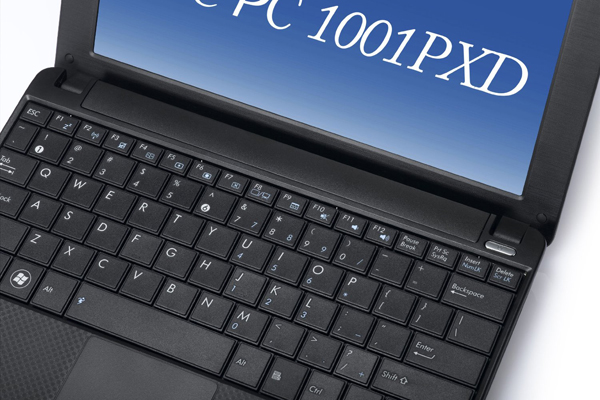
The 1001PX has a 92% full size keyboard with big keys
The touch pad comes with support for multi touch gestures and a single mouse button. Around the trackpad, the palm rest has a similar finish with the one on the lid, maybe a little less rugged. The screen has a 10 inch diagonal and a standard 1024 x 600 px resolution.
Fortunately, it comes with a matte coating, meaning that the display will not attract light as easy as glossy screens. The downturn of this technology is that colors might seem a little washed out on normal settings, but nothing a little tweaking can’t solve.
The 1001PXD is powered by a single core Intel Atom N455 processor, which is a second generation single core processor from the Atom line. So it’s not the oldest CPU model out there and this shows in slightly improved performance and power management in comparison with thr N450 line.
As always, there’s 1 GB of RAM, this time DDR3, which is a nice treat in comparison with the DDR2 standard we have on most entry level netbooks. The maximum memory capacity for this netbook is 2 GB; an extra one GB of memory could make all the difference in the world in terms of performance, especially multitasking.
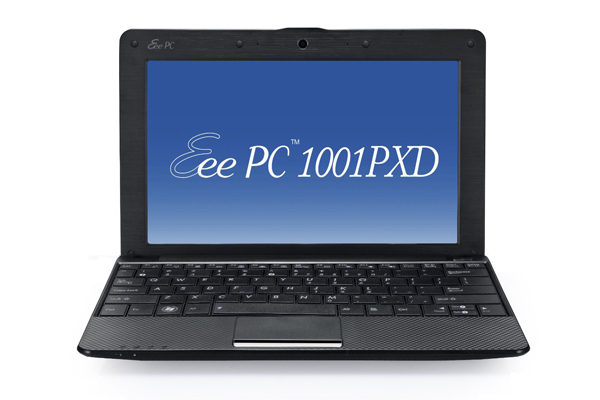
The screen comes with a matte, 1024 x 600 screen
The storage of the netbook is a 250 GB hard disk drive, with a spin speed of 5.400 rpm. It’s indeed a rather slow type of hard disk drive, but works good in conjuncture with the other low power hardware on board, not to say it’s cheaper than 7.200 rpm hard disk drives.There’s also a web cam, a bunch of USB ports, card reader and audio jack.
The netbook runs on Windows 7 Starter, but if you’ll upgrade the system memory, you might as well upgrade the operating system. Still, even the ultralight Starter version offers good performance and most of the essential features you need to keep going with basic tasks.
When it comes to battery life, there are two options. The cheapest version comes with a three cell battery able to keep going for about 4 hours. It’s not much, but what you lose in autonomy, you gain in price and weight.
The other version comes with a six cell battery and can run on a single charge for about 8 hours, but you’ll have to pay almost 20 bucks extra.
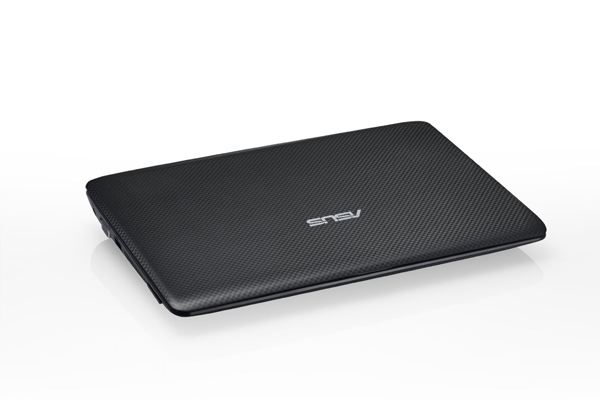
The textured finish makes the 1001PX stand out in the crowd of bland netbooks
The 1001PXD is still a good netbook if you’re on a budget. The netbook can deliver decent performance for basic tasks, as well as being light weight, having decent autonomy (especially the 6 cell battery version) and coming with a very affordable price tag. What you also get is an interesting, patterned design on the back and a big keyboard, which are kind of Asus landmarks when it comes to portable computers.

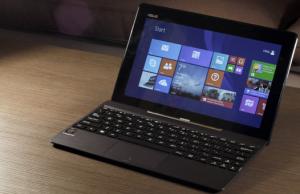
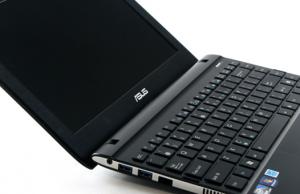
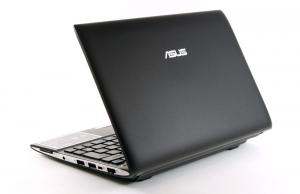
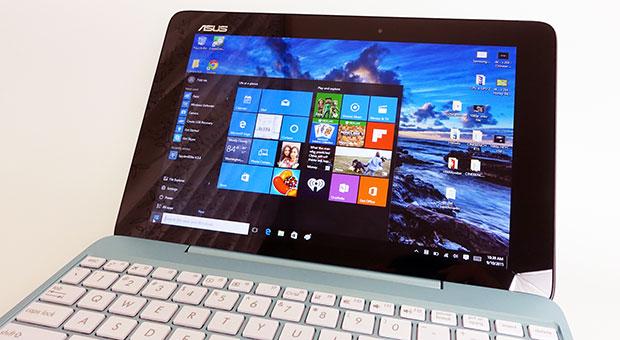









Diego Gonzalez
February 5, 2015 at 10:27 am
Para ISA !!